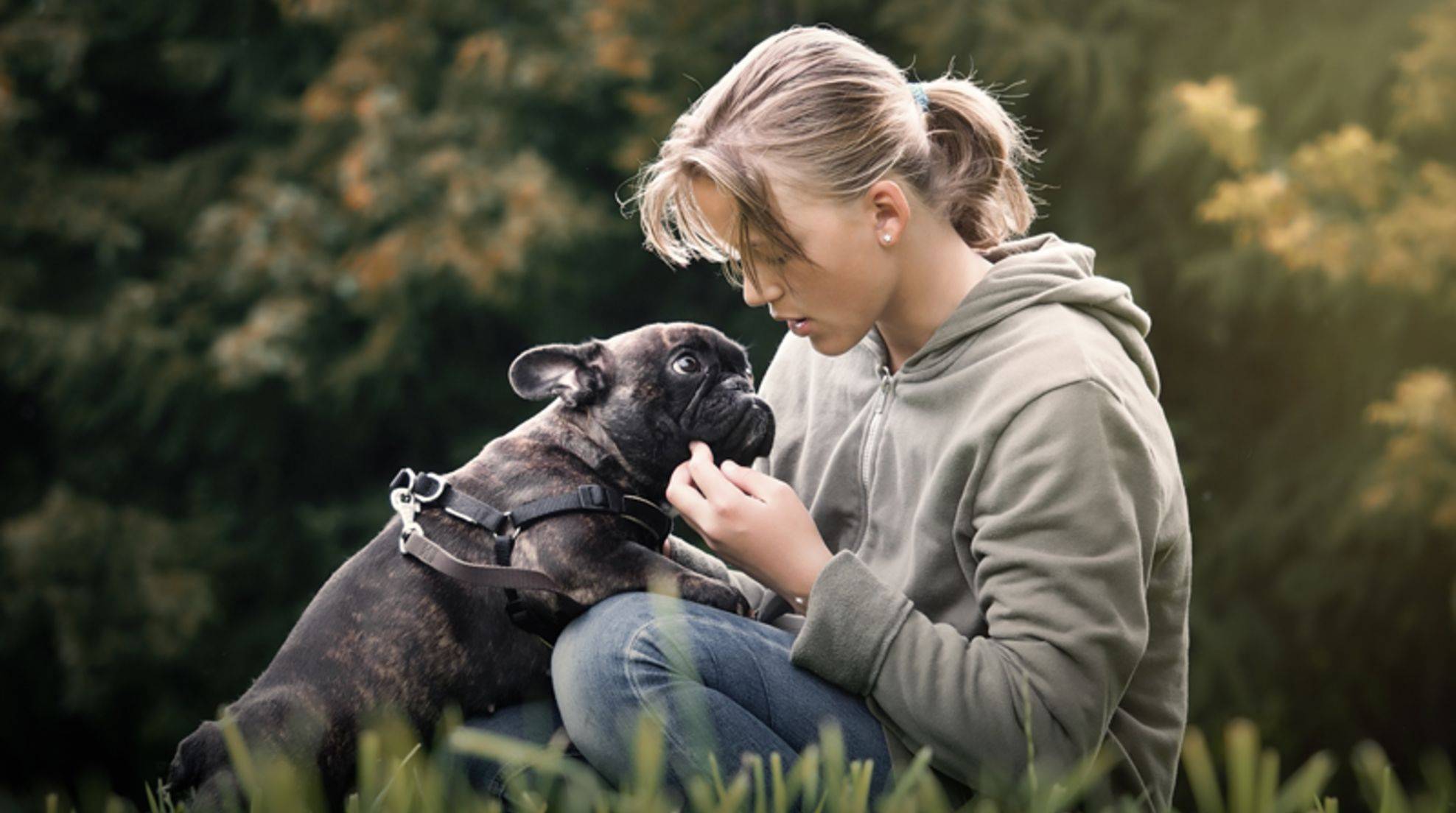
Research Reveals: Dogs Respond to Baby Talk.
Owners often talk to their dogs like they are babies. They are ridiculed in public for doing this. Scientists have found that this is incorrect.
You can’t avoid using baby-like language when you speak to your dog. Your voice will be raised, your words will be emphasized, and you’ll use absurd terms such as “poopie”.
You will be rewarded for every wagging tail, and every look of loyalty from your dog with a “Yes! you found one!”. You’ll be doing your four legged friend a favour if you speak to them like babies. A study published by New York researchers in the journal Animal Cognition shows that fur noses are attracted to that kind of talk.
Dogs understand baby language
The scientists were able to come to this conclusion through an experiment in which 37 dogs took part. The scientists led each of the dogs on a lead into a room with two humans. Researchers then spoke to the animals in two different voices – one in a normal tone and another in a baby’s voice.
Scientists also measured the length of time the dogs remained attentive in each recording. Researchers then let the dogs go off their leashes and observed which humans the dogs preferred to spend time with.
As a result, puppies prefer high-pitched voice. Little puppies were more attentive when they were addressed in a loud, exaggerated voice. The older animals, on the other hand were more interested in what was being said – such as terms like “walk”, “food” or similar.
Why do we treat dogs as if they were babies?
At first, it may seem funny when masters or mistresses speak to their dogs as if they were babies. The researchers believe that this phenomenon is vital to the relationship between humans and animals. The bond between them is strengthened.
Baby talk is not a reaction to the cuteness of the dog, but rather a response to the basic instinct to communicate with an animal who doesn’t speak the language. This stimulus is intensified when a puppy appears. This is due to the infant schema. The facial features and proportions trigger nurturing and protective behavior.

